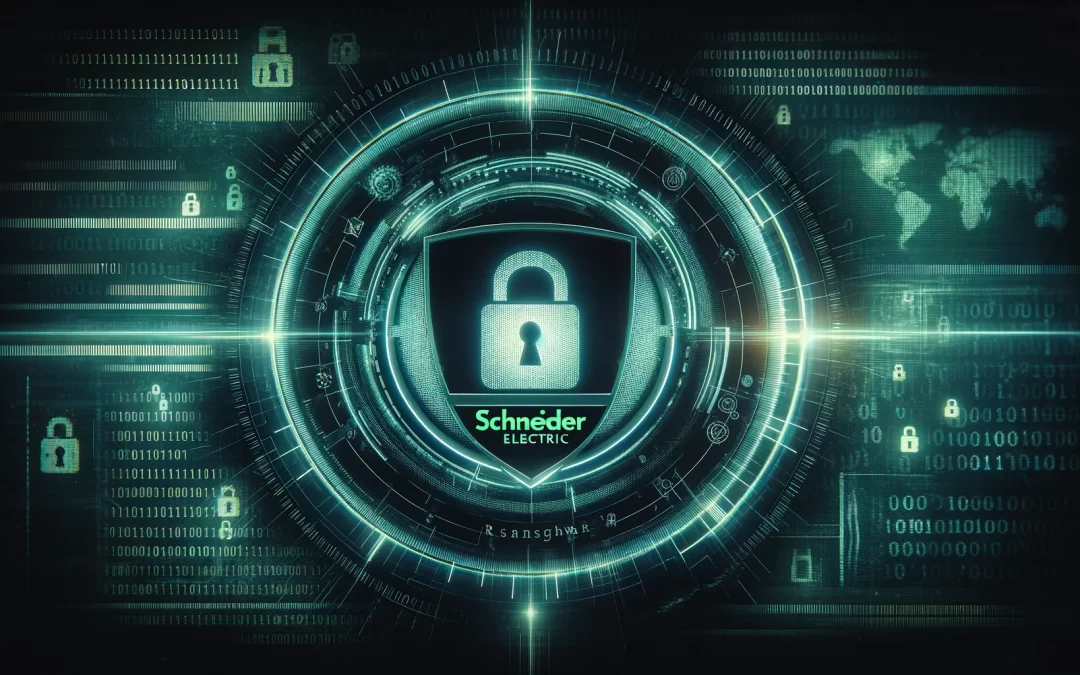A Detailed Look into the Recent Cybersecurity Incident
In a significant cybersecurity development, Schneider Electric, a global leader in digital transformation and energy management, has confirmed a ransomware attack on its Sustainability Business division. This breach, occurring earlier this month, has raised concerns within the cybersecurity community.
The Attack Dynamics
The ransomware attack targeted Schneider Electric’s Resource Advisory product, a data visualization tool used for sustainability information, along with other division-specific systems. The incident was first reported by Bleeping Computer, indicating the involvement of the Cactus ransomware gang.
Company’s Response and Measures
Upon detecting the attack, Schneider Electric’s Global Incident Response team was promptly mobilized. Their immediate actions focused on containing the incident and bolstering existing security protocols. The Sustainability Business division has been actively communicating with impacted customers regarding the breach.
Recovery and Remediation Efforts
The company is currently engaged in remediation steps, aiming to restore affected business platforms to a secure environment. Testing of the operational capabilities of the impacted systems is underway, with an expectation of resuming access within the next two business days.
Isolation of Impact
An important aspect of this incident is that the Sustainability Business operates autonomously on an isolated network infrastructure. As a result, no other divisions of Schneider Electric were impacted by this breach. The company has engaged cybersecurity firms to conduct a thorough investigation of the incident.
Financial Context and Non-Comment on Responsibility
Schneider Electric, which reported over $37 billion in revenue in 2022, has not commented on whether the Cactus ransomware group was indeed responsible for this attack, which occurred on January 17.
Warnings and Precedents
Microsoft had previously warned about the Cactus ransomware in December, noting its method of using online advertisements for infecting victims. Incident response firm Dragos has observed an increase in Cactus ransomware attacks, particularly targeting industrial organizations, impacting sectors such as manufacturing and industrial control systems (ICS).
Historical Context of the Attacking Group
The Cactus ransomware group, emerging in March of the previous year, is reportedly operated by skilled hackers. They gained notoriety following an attack on Coop, one of Sweden’s largest supermarket chains, around New Year’s. Schneider Electric had previously faced data theft by the Clop ransomware group, exploiting vulnerabilities in the popular file transfer tool MOVEit.


